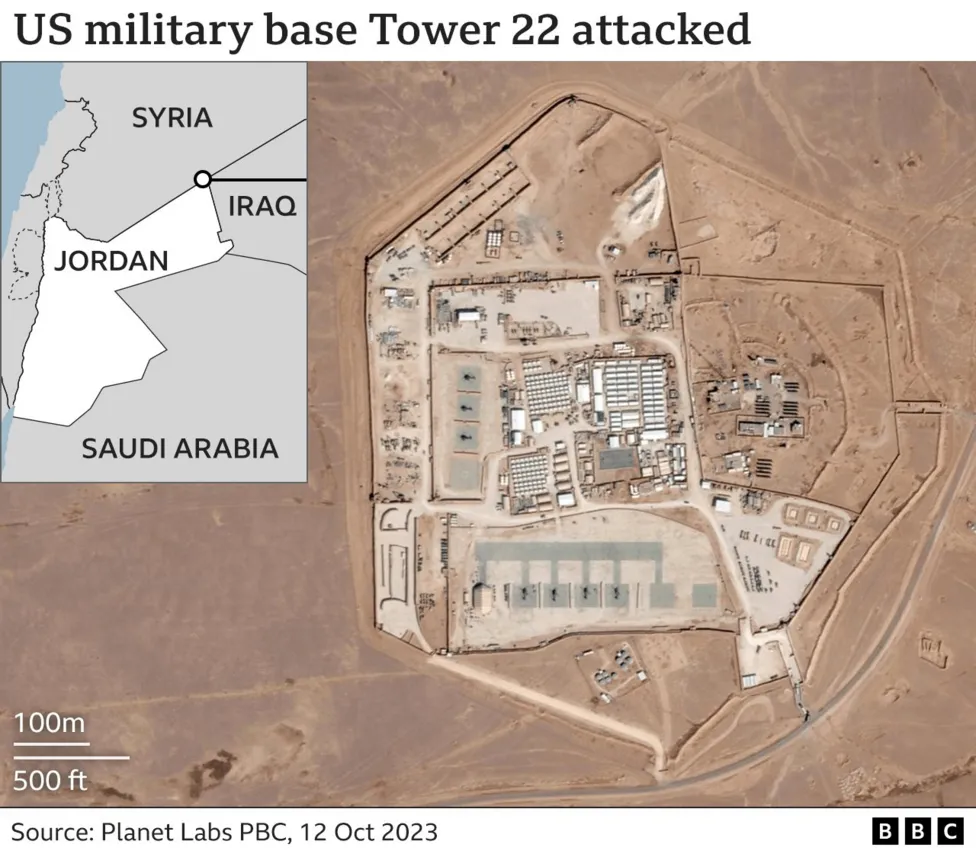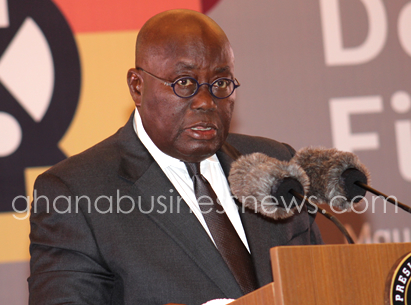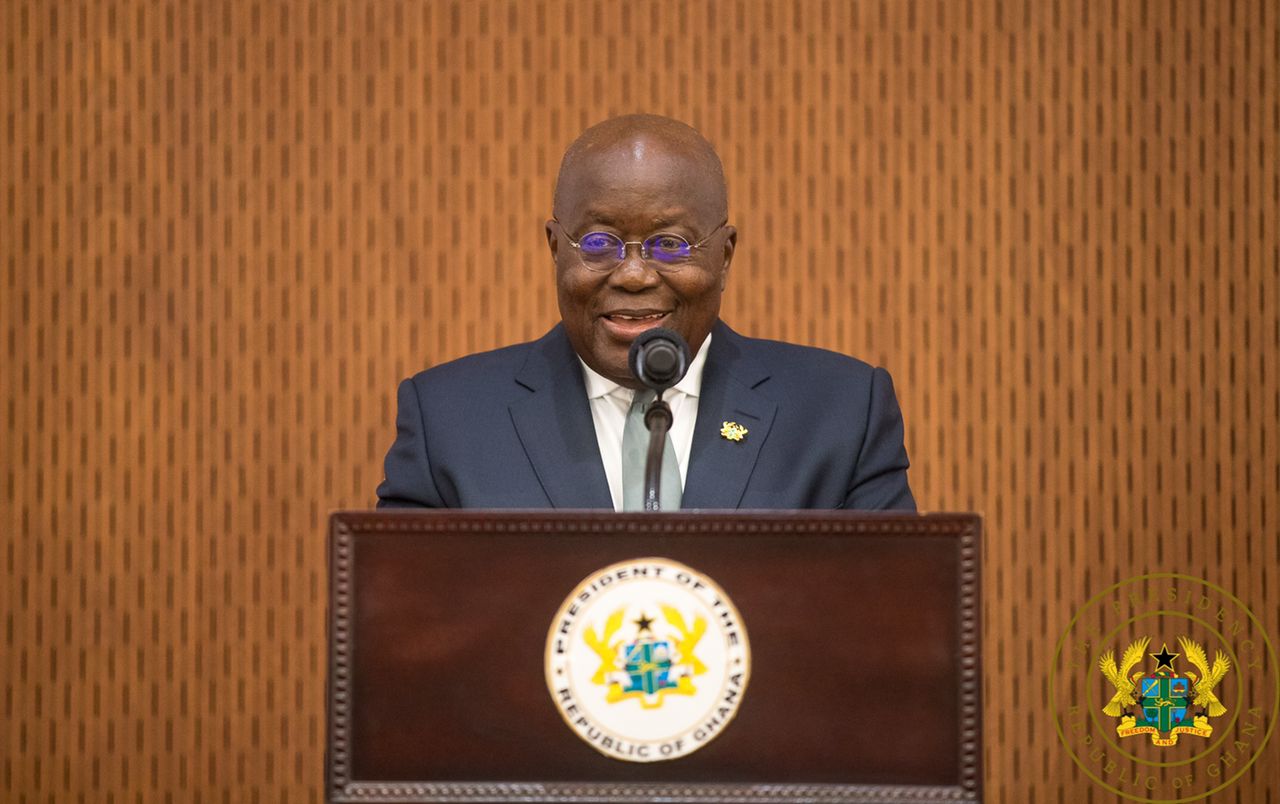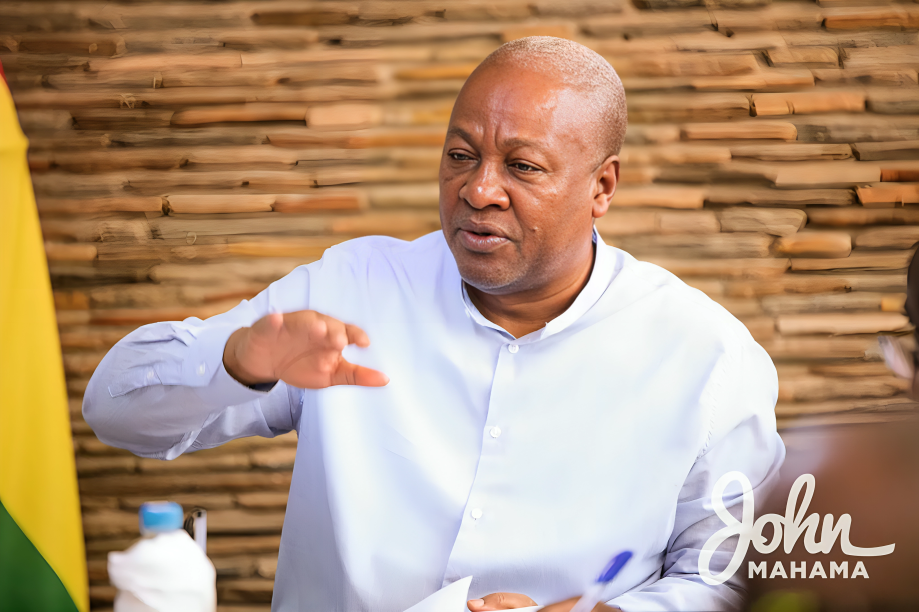
Ugandan authorities recovered the bodies of 41 people, including 38 students, who were burned, shot, or hacked to death by attackers at a secondary school.
At least six people were abducted by the rebels, who fled across the porous border into the Democratic Republic of the Congo after the grisly raid.
Authorities blamed the massacre at Lhubiriha Secondary School in the border town of Mpondwe on the Allied Democratic Forces (ADF), an armed group with ties to ISIL (ISIS), which has been launching attacks for years from bases in volatile eastern DRC.
It was the deadliest attack in Uganda since twin bombings in Kampala in 2010 killed 76 in an attack claimed by the Somalia-based al-Shabab group.
Mpondwe-Lhubiriha Mayor Selevest Mapoze said on Saturday while some of the students suffered fatal burns when the rebels set fire to a dormitory, others were shot or hacked to death with machetes.
Mumbere Edgar Dido, 16, said the attackers arrived at his dormitory carrying machetes and guns and opened fire from outside, sending everyone diving under their beds.
“They continued to shoot through the windows, then set fire to our room while we were inside, before going to the girls’ dormitory,” he said.
‘Many unanswered questions’
Uganda Peoples’ Defence Forces (UPDF) spokesman Felix Kulayigye said the six kidnapped were taken towards Virunga National Park, a vast expanse that straddles the border. “UPDF embarked on pursuing the perpetrators to rescue the abducted students.”
National police spokesman Fred Enanga said the attack on the privately owned school occurred in the district of Kasese, about two kilometres (1.2 miles) from the DRC border.
Daniel Bwambale, a lawyer and expert on government affairs in Kampala, told Al Jazeera the attack was preventable.
“There is no reason why this attack should have taken place. There are air assets available, unmanned aerial vehicles, artillery and most definitely enough personnel to pursue the ADF,” he said, blaming the authorities for failing to act on the intelligence.
Florence Kabugho, a legislator for Kasese, told reporters there were “very many unanswered questions” given the heavy military presence so close to the border. “Where was this security when these killers came to Uganda?” she said.
It was not ADF’s first attack on a school in Uganda. In June 1998, 80 students were burned to death in their dormitories in an ADF attack on Kichwamba Technical Institute near the DRC border. More than 100 students were abducted.
Burned ‘beyond recognition’
Joe Walusimbi, an official representing Uganda’s President Yoweri Museveni in Kasese, said, “Some bodies were burnt beyond recognition.”
Major-General Dick Olum, the army’s commander for western Uganda, said the attackers stayed in the town two days before the attack, marking their target. He said an unidentified youth had gone to the school to check its layout before the attack.
“That is how the attackers came and locked the boys’ door. The boys really tried to fight back, but they were overpowered. The attackers had lit mattresses,” Olum told reporters from Mpondwe.
“In the girls’ dorm, they found their door open, hence killing them and cutting them.”
‘Barbaric’
The DRC and Uganda militaries have launched joint operations against the ADF in recent years.
Bulama Bukarti, an analyst with Uganda’s Daily Trust newspaper, said the armed group generally responds to military pressure by targeting civilians.
“They want to cause maximum casualties in order to prove to their enemies that they are still alive,” he told Al Jazeera. “This is a barbaric and unacceptable attack. It is an attack on innocent children. It is an attack on the future of Uganda and Congo. No child, no parent should have to go through this.”
In April, the group was blamed for an attack there that left at least 20 people dead. It is believed to have been responsible for killing 36 people in March during an overnight attack on the village of Mukondi, in eastern DRC.
Ugandan authorities for years have promised to track down ADF fighters “at home and abroad”.
ADF rebels, when under military pressure, “divert” their pursuers’ attention by splitting into small groups that then launch violent attacks in other places, said Olum.
“A typical ADF signature because … they are under huge pressure, and that’s what they have to do to show the world that they are still there, and to show the world that they can still do havoc,” said Olum.
Deadliest militia
UN Secretary-General Antonio Guterres demanded the kidnapped students be immediately released. “Those responsible for this appalling act must be brought to justice,” he said.
Ugandan authorities also blamed the group for deadly suicide bombings in the capital, Kampala, in 2021 and launched joint air and artillery raids in the DRC against it. But the measures have so far failed to stop the ADF’s attacks.
The ADF, which the United States has deemed a “terrorist” group, is considered the deadliest of dozens of armed militias that roam mineral-rich eastern DRC. In March this year, the US announced a reward of up to $5m for information leading to the capture of the ADF’s leader.
In 1995, the ADF was formed by a coalition of rebel forces – including the Uganda Muslim Liberation Army and the National Army for the Liberation of Uganda (NALU) – to fight against the Museveni administration.
Over the years, the group was backed by subsequent governments of DRC that were keen on subverting Rwandan and Ugandan influence in the country.
But in 2013, the ADF began attacking Congolese military targets, leading the army to fight back. Consequently, its leader Jamil Mululu fled to Tanzania in 2015, where he was arrested and extradited to his home country to stand trial on charges of terrorism.
In recent years, the ADF has been referred to itself as the Madina at Tauheed Wau Mujahideen – City of Monotheism and Holy Warriors (MTM).
The post Dozens killed, six abducted in attack on Uganda school appeared first on Citinewsroom - Comprehensive News in Ghana.
Read Full Story















Facebook
Twitter
Pinterest
Instagram
Google+
YouTube
LinkedIn
RSS